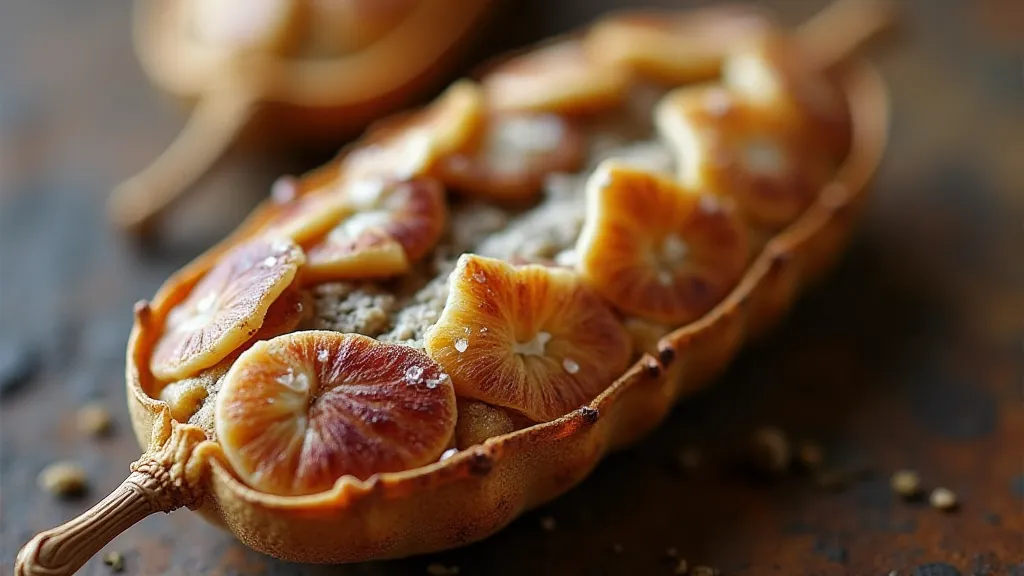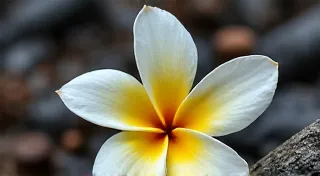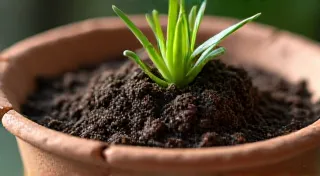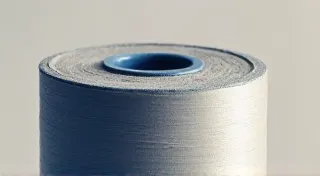The Bean's Requiem: Stories of Lost Varieties and the Urgent Need for Preservation
There's a quiet sadness that settles when you consider the hushed disappearance of things. Not just grand historical events, but the vanishing of everyday treasures—a particular shade of blue paint, a certain melody lost to time, a type of bean that once graced tables across a region, now only existing in dusty seed catalogues and the fading memories of seasoned farmers. It's a similar feeling to hearing the final, mournful note of an antique accordion, its bellows stiff, its keys worn smooth by countless hands. You sense the history it holds, the stories it could tell, and the regret that it will soon be silent forever.
This is the feeling that permeates the world of heirloom beans. While modern agriculture often prioritizes yield and uniformity, we’re slowly, inexorably, losing a living library of genetic diversity – a profound loss for our culinary heritage and, arguably, for our very resilience as a species. These aren't just beans; they are stories whispered from one generation to the next, carefully saved seeds representing centuries of adaptation and unique flavor profiles.
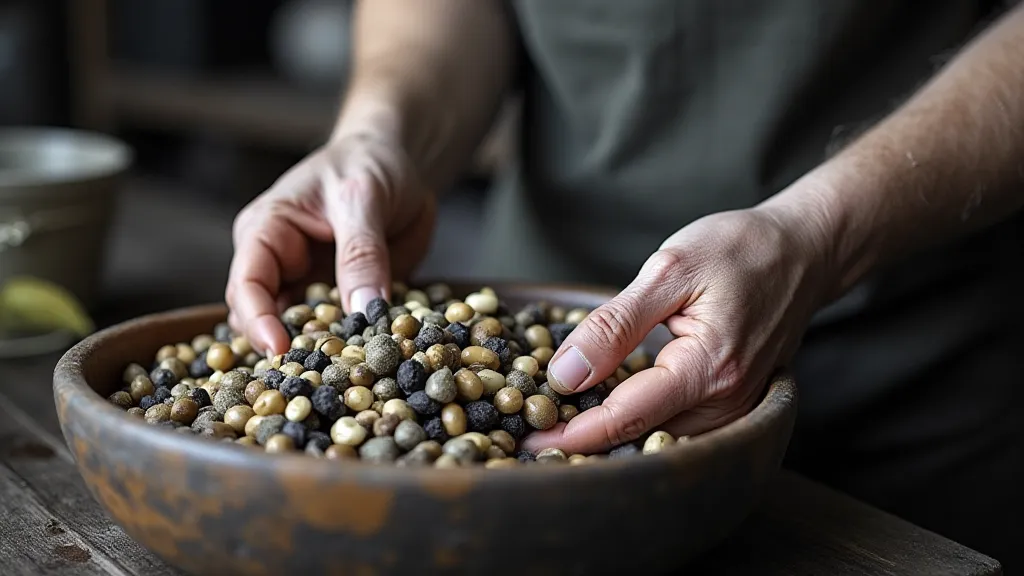
A History of Preservation: From Field to Family
The term "heirloom" when applied to seeds, signifies much more than just age. Generally, a variety must be at least 50 years old and passed down through generations, maintained by non-professional growers. These beans weren’t developed in a laboratory; they were cultivated over time, shaped by the specific needs and preferences of local communities. Consider the ‘Kentucky Wonder’ bean, a classic stringless green bean originating in the 1860s. Its story reflects a time when farmers relied on seed saving, passing down varieties proven to thrive in their unique microclimates. Each generation would select the best-performing plants, gradually refining the bean’s characteristics – its disease resistance, its flavor, its ease of shelling.
Think of the ‘Soldier Bean,’ once a staple in the diets of Union soldiers during the Civil War, its dark, mottled appearance reminiscent of a soldier’s uniform. Or the ‘German Speckled’ bean, prized for its creamy texture and nutty flavor. These names are more than just labels; they are markers of history, connecting us to the people who first nurtured these varieties.
The Silent Disappearance: Why are We Losing Them?
The rise of industrial agriculture, with its emphasis on high-yielding, disease-resistant hybrids, has been a major contributor to the decline of heirloom varieties. These hybrids, while often offering impressive yields, are sterile – meaning you can’t save their seeds. Farmers are compelled to purchase new seeds each year, creating a dependence on seed companies and accelerating the displacement of older, less commercially viable varieties. The consolidation of the seed industry further exacerbates the problem, as fewer companies control a larger share of the market, leading to a narrowing of genetic diversity.
Economic pressures also play a crucial role. Farmers often face intense competition and are incentivized to grow the most profitable crops, even if those crops are less flavorful or less nutritious. The value placed on convenience and uniformity in modern supermarkets further discourages the cultivation of unique, heirloom varieties that might exhibit slight variations in size or shape. The focus shifts to "perfect" beans, readily accessible and consistently appearing the same. This relentless pursuit of perfection comes at a steep price: the loss of something truly special.
Beyond the Yield: The Value of Flavor and Resilience
The benefits of preserving heirloom beans extend far beyond just nostalgia for a bygone era. These beans offer a depth of flavor and nutritional value that is often lacking in modern varieties. Many heirloom beans are richer in antioxidants and minerals, contributing to a more diverse and healthy diet. They also hold valuable genetic traits that can be crucial for adapting to future challenges, such as climate change and emerging diseases.
Consider the resilience of older varieties, which have often been naturally selected for their ability to withstand local pests and diseases. Their genetic diversity can provide a crucial buffer against the unforeseen challenges that lie ahead. Losing them is akin to discarding potential solutions to problems we haven't even encountered yet. Just as a master accordionist understands the nuance of each key and bellows, so too do those who cultivate heirloom beans appreciate the subtle, yet vital, differences between each variety.
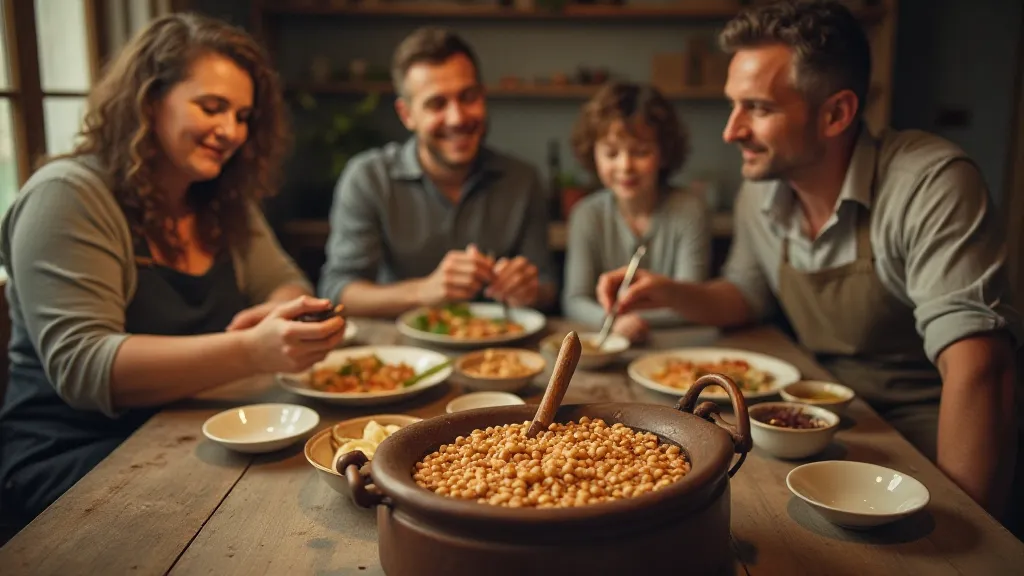
Cultivating the Future: How You Can Help
The good news is that the movement to preserve heirloom beans is gaining momentum. Organizations like Seed Savers Exchange and the Ark of Taste are working tirelessly to locate, conserve, and distribute these valuable varieties. But the effort requires the participation of everyone – from dedicated seed savers to home gardeners.
Here's how you can contribute:
- Grow heirloom beans: Start a small garden and dedicate a portion to heirloom varieties.
- Save seeds: Learn the proper techniques for saving bean seeds – it's surprisingly easy!
- Share seeds: Exchange seeds with other gardeners and seed savers.
- Support seed banks: Donate to organizations that are working to preserve heirloom seeds.
- Advocate for biodiversity: Support policies that promote agricultural diversity and sustainable farming practices.
The act of saving seeds is more than just a horticultural practice; it's a symbolic gesture of resistance against the forces that threaten to erase our agricultural heritage. It’s a way of honoring the farmers and gardeners who came before us and ensuring that future generations will have access to the incredible diversity of flavors and genetic resources that our planet has to offer. As a final, mournful chord fades from an antique accordion, it reminds us of the irreplaceable nature of what we risk losing. Let us work together to ensure that the bean's requiem remains a lament – a call to action, not a declaration of finality.
